X
Electric hoists represent their own machinery, strength, and toughness, while the stage is elegant, flowing, and soft, with conflicts and collisions between the two.
Stage lifting slings are crucial tools for lifting and transporting stage equipment. Usually made of high - strength synthetic fibers, they are lightweight and highly flexible, facilitating arrangemen
Category : Sling Series
Get a Quote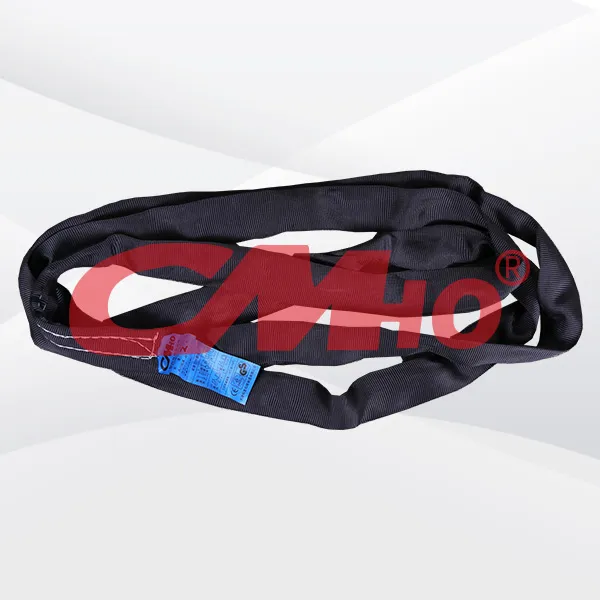
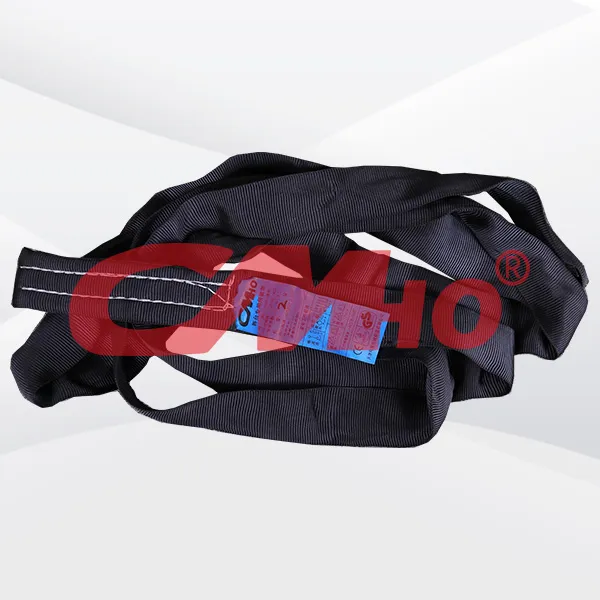



Product Details
When selecting a special - purpose lifting sling for the stage, considerations need to be made from multiple aspects such as the specifications, materials, quality certifications, and appearance of the lifting sling. The following are the specific aspects that require attention: Load - bearing Capacity - Weight Calculation: It is necessary to clarify the maximum weight of equipment, props, and other items to be lifted on the stage, including factors such as possible dynamic loads and impact loads. Generally, the dynamic load factor can be taken as 1.2 - 1.5 according to the actual situation. When there are vibrations and other conditions, the impact load factor may reach 1.3 - 1.8. Multiply the actual weight by the corresponding coefficient to obtain the minimum load - bearing capacity required for the lifting sling. - Leaving a Safety Margin: To ensure safety, the rated load - bearing capacity of the selected lifting sling should be much greater than the calculated maximum weight. It is usually recommended that the safety factor is not less than 6, that is, the rated load of the lifting sling should be more than 6 times the actual maximum stress. Materials Synthetic Fiber Materials: Commonly used ones include polyester, nylon, etc. Polyester lifting slings are characterized by high strength, wear resistance, and acid - and - alkali resistance, and their strength loss is relatively small in a humid environment. Nylon lifting slings, on the other hand, have better flexibility and impact resistance and are suitable for lifting items with higher requirements for surface protection. - Metal Materials: Such as chain lifting slings, which have extremely high strength and rigidity and are suitable for lifting large - scale, heavy - duty equipment whose surface is not afraid of scratches. However, they are relatively heavy and have relatively poor flexibility. Size Specifications - Length: Determine the length of the lifting sling based on factors such as the height of the stage, the position of the lifting point, and the height of the item to be lifted, ensuring stable lifting in different scenarios while avoiding the situation where the length is too long or too short, which may affect the use effect. - Width: The width of the lifting sling determines its contact area with the item to be lifted and its load - bearing capacity. Generally speaking, the wider the width, the stronger the load - bearing capacity, and the more evenly the pressure on the item to be lifted is distributed. The appropriate width can be selected according to the load - bearing requirements and the shape of the item to be lifted. Types - Flat Lifting Slings: They have a relatively flat surface, a large contact area with the item to be lifted, and are less likely to damage the surface of the item. They are suitable for lifting items of various shapes, especially props and lamps with a relatively smooth surface or those that are easily damaged. - Round Lifting Slings: They have good flexibility and wear resistance, and relatively high strength. They are suitable for lifting heavy - weight and irregular - shaped items and perform well in some lifting scenarios where multi - directional forces are required. Quality Certifications - International Certifications: Such as the CE certification, which is the basic requirement of the European Union for product safety, health, environmental protection, etc., indicating that the product meets relevant European standards. - Domestic Certifications: Such as the Special Equipment Manufacturing License, etc., which is a strict regulatory certification for the production of special equipment such as lifting slings in China, ensuring that the product quality and safety meet domestic standards. Appearance and Craftsmanship - Appearance Inspection: The surface of a high - quality lifting sling should be smooth, without obvious defects such as flaws, cracks, and broken filaments. The stitches should be even and tight, without problems such as thread - off and skipping stitches. - Craftsmanship Details: Check the end - connection parts of the lifting sling, such as metal buckles, webbing seams, etc. They should be firm and reliable, without problems such as looseness and deformation. Brand and Reputation - Market Reputation: Consult other stage workers, performance teams, etc. to understand the usage and reputation of different brands of lifting slings, and choose brands with a good reputation and reliable quality in the industry.
- Brand History: Brands with a long production history and rich experience usually have more advantages in product research and development, production technology, and quality control, and the stability and reliability of their products are also higher.
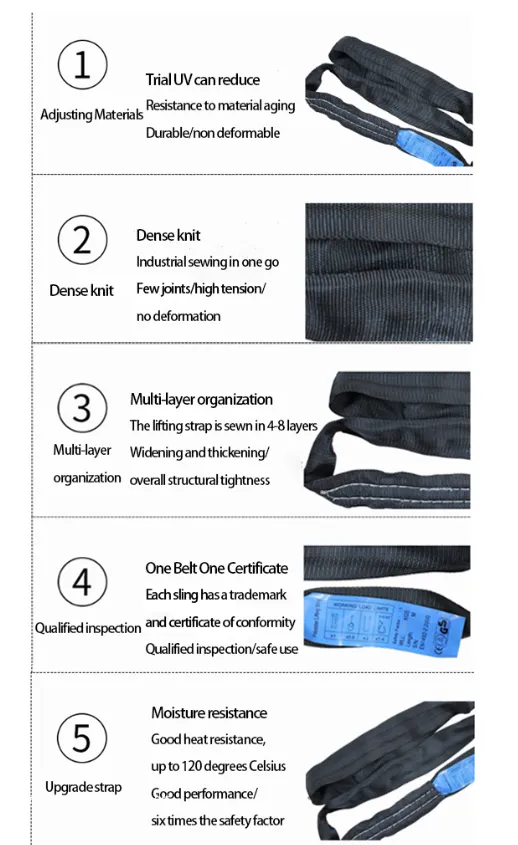
Previous: Heavy Duty Lifting Slings
Next : Factory Supplier Round Sling
RELATED PRODUCTS .


Small soft lifting slings play a vital role in multiple fields by virtue of their unique performance advantages. Mainly woven from high-strength synthetic fibers such as polypropylene and polyester, t


The overload protection of stage chain motors is a comprehensive system. Its core lies in quickly cutting off power or limiting torque through electrical monitoring, mechanical restriction, and intell


Small stage electric hoists demonstrate unique advantages in space constraints, cost control, and scene adaptation through their characteristics of "small size, low energy consumption, and easy o...


In the wholesale model of stage electric hoists, the larger the purchase quantity, the more significant the unit price discount provided by the factory, which reduces the procurement cost per device.
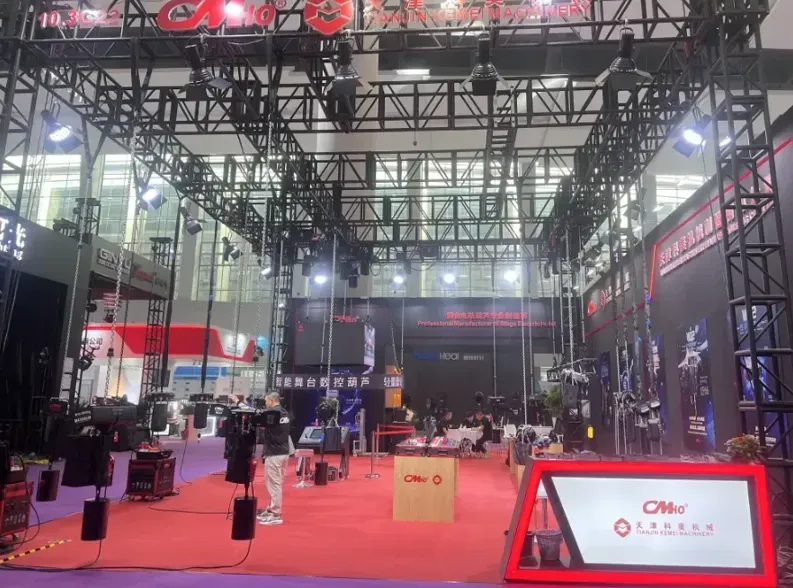
2025-05-27
创始人
0
Guangzhou International Professional Lighting and ...
We look forward to meeting you at the exhibition site and jointly drawing a new blueprint for industry development!
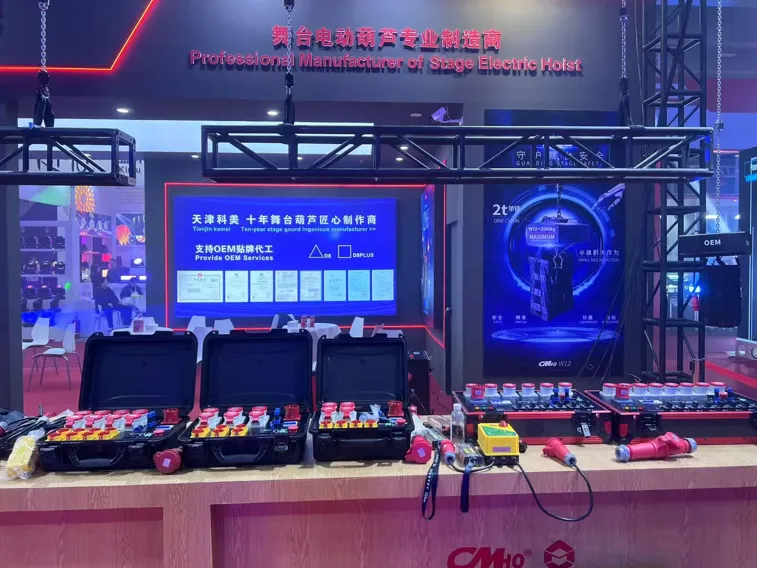
2025-02-28
创始人
0
The participation of Tianjin Kemei in the Guangzho...
Tianjin Kemei made a remarkable and eye-catching appearance at the Guangzhou (International) Performing Arts Equipment, Intelligent Acoustic, Optical and Electrical Products...
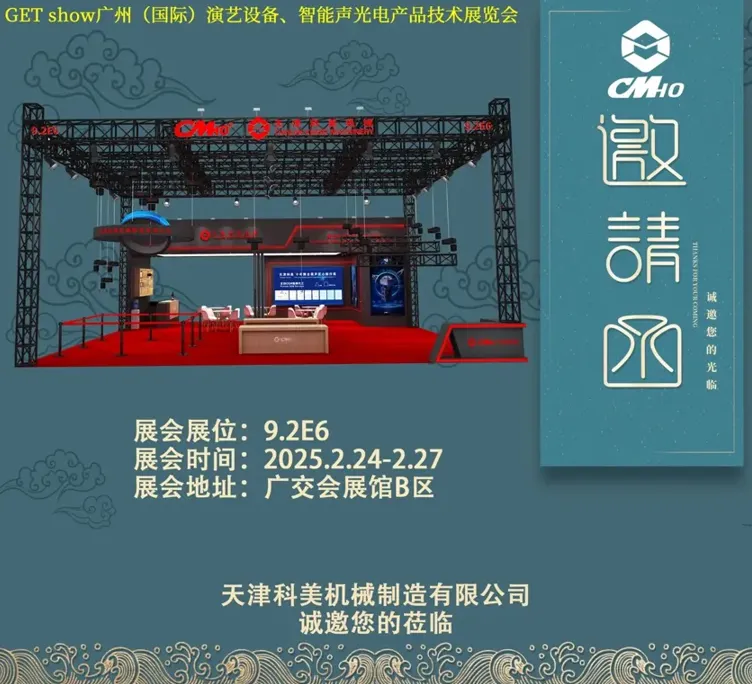
2025-02-27
创始人
0
Guangzhou (International) Performing Arts Equipmen...
In the era of the rapid development of stage lifting equipment and intelligent acousto - optic technology, every industry event serves as a crucial opportunity for innovatio...
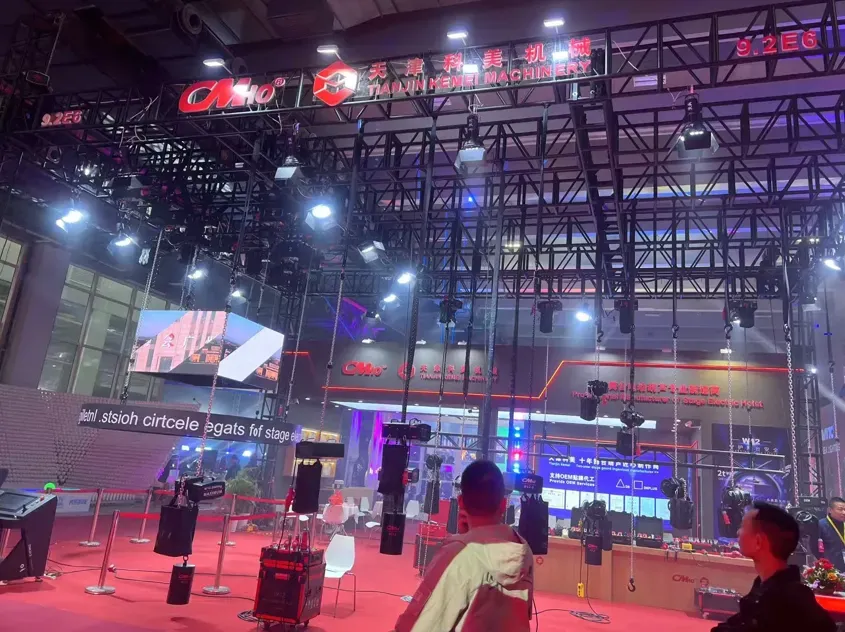
2025-02-27
创始人
0
GET show Guangzhou (International) Performing Arts...
Tianjin Kemei Machinery Manufacturing Co., Ltd. has been deeply engaged in the stage equipment manufacturing field for many years and has developed into a modern benchmark e...

